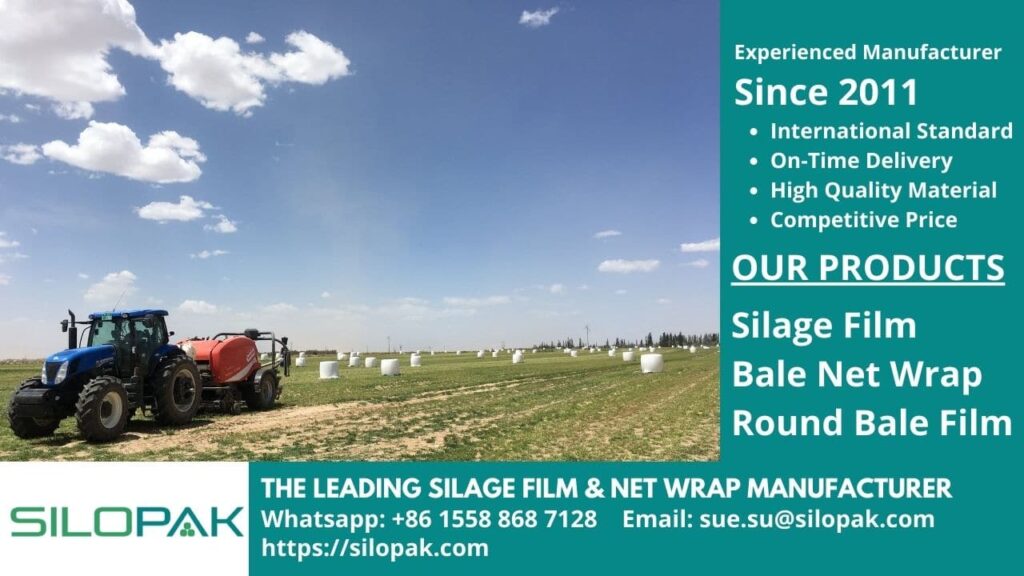
When talking about cereal crops, there are some interesting things that you need to know about. In general, a cereal is any component of cultivated or grown grass plants that can be eaten. Edible components predominantly are composed of the plant’s grain (a type of fruit called caryopsis in botanical terms), which is made of its bran, germ, and endosperm. Such crops are considered higher in energy compared to other types of crops thus are grown in large quantities. They are also stapled crops. Other families of plants such as chia, quinoa, and buckwheat are also grown for their edible grains but are generally called pseudo-cereals instead.
The natural, unprocessed, and whole version of those grains, cereal crops contain a large number of vitamins, minerals, protein, oils, fats, and carbohydrates. When the bran and germ are processed for removal, the endosperm that’s left behind is predominantly carbohydrate. The daily sustenance of some people in developing countries is composed of grain variants such as rice, maize, wheat, and millet. In developed countries, the consumption of cereal is moderate. It’s still substantial if varied, but the grains are mostly processed and refined.
Fun fact: The word “cereal” is derived from the goddess of agriculture and harvest of the Romans, Ceres.
contents
The History of Cereal Crops Cultivation
The development of grain processing methods began in some villages from the early Neolithic era. Wheat, peas, and barley originated from the Levant. The first cultivation of cereal crops was found in Syria, tracing back to 9,000 years ago. The Fertile Crescent region was also the site of early domestication of Flaxseeds, oats, rye, barley, and wheat during the early Neolithic.
At the same time, Chinese farmers began growing rice and millet, where they invented human-made floods and used fire to cultivate plants. The domestication of fiber crops allegedly took place at the same time; China began domesticating hemp while cotton was grown separately in both South America and Africa, and flax was domesticated in Western Asia. Soil amendments such as compost, fish, ashes, and manure were employed earlier; their use was developed separately in places such as Eastern Asia, the Nile Valley, and Mesopotamia.
Early primitive humans domesticated the first generation of cereal crops. The crops were cultivated in the Fertile Crescent areas by ancient communities of farmers. Barley, emmer wheat, and einkorn wheat were named the Neolithic founder crops. Millets and rice began being domesticated in East Asia. Millets and sorghum were also grown in the sub-Saharan parts of West Africa.
How Cereal Crops and Humans are Connected?
Human civilization and cereal crops have a tight relationship with one another. One can argue that human civilization stems from the development of grain cultivation. The term “Fertile Crescent” indicates the civilization’s dependence on cereals.
Cereal cultivation spread further north of the hemisphere, as evidenced by the presence of both the Roman limes and the Great Wall of China. The Silk Road runs along the belt of cereal of Eurasia. Some Chinese imperial edicts stated that agriculture serves as the empire’s foundation, with the Five Grains forming the foundation of agriculture.
Good Product for Good Feed
Another good use of cereal crops is as the source of nourishment for the livestock grown on the farm. However, not all parts of the crops are used for this purpose. Normally, the grains are collected first after being harvested. The remains of these plants are gathered for further process that turns them into animal feed.
Some may be served dry, but some farmers may opt to ferment the remains and turn them into silage. Silage is arguably the most nutritious feed for farmers to give to their animals. However, the feed is also the most fragile, so incorrect storage and handling will ultimately lead to it being spoiled.
These remains of processed cereal crops are fermented after being stored inside special wrappers that seal them tight. However, the only high-quality wrapper can do the job perfectly.
As for the subject of high-quality wrappers, farmers finding themselves in need of any such products can rely on Silopak to help with this specific need. We specialize in providing customers with quality wrappers. Please don’t worry about shipping; we deal with shipping products to any place worldwide. All you have to do is browse for the one product that suits your preferences and needs, and then you can place an order for us to process.

